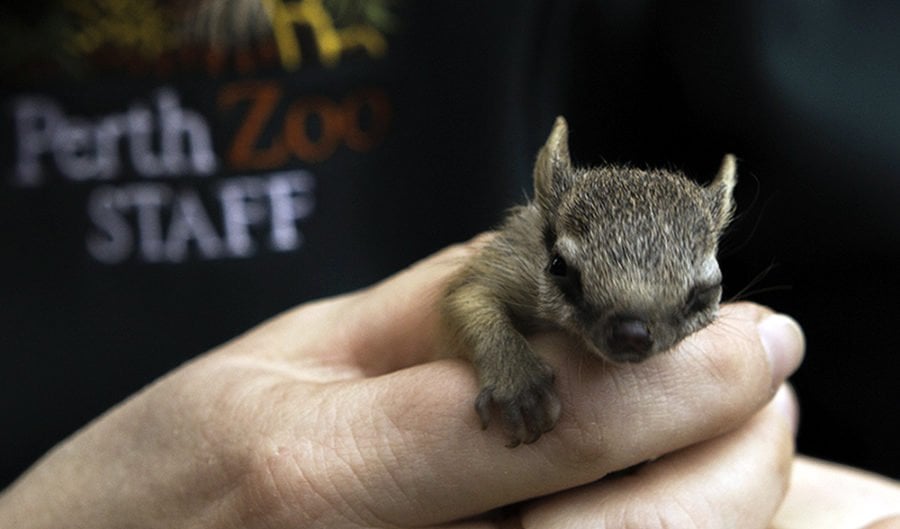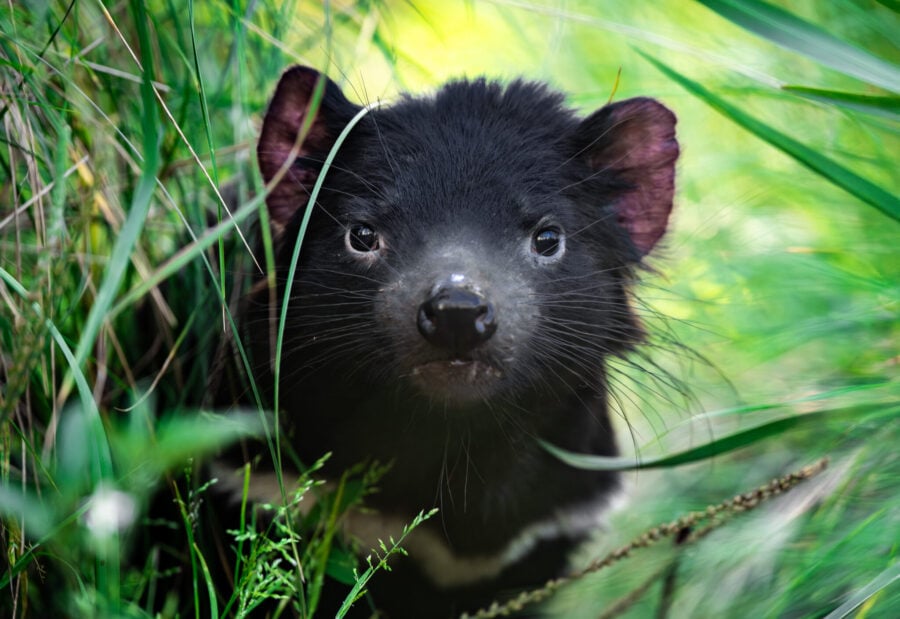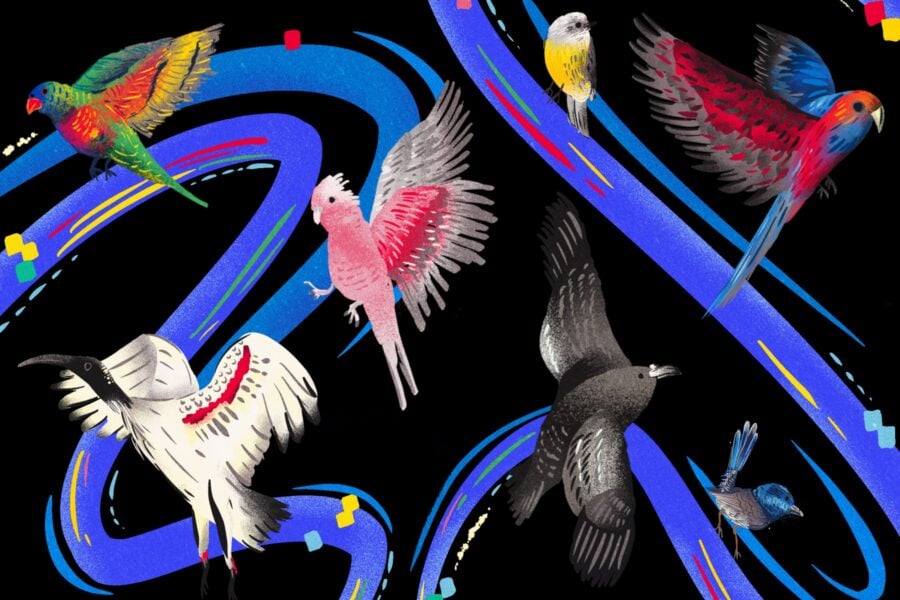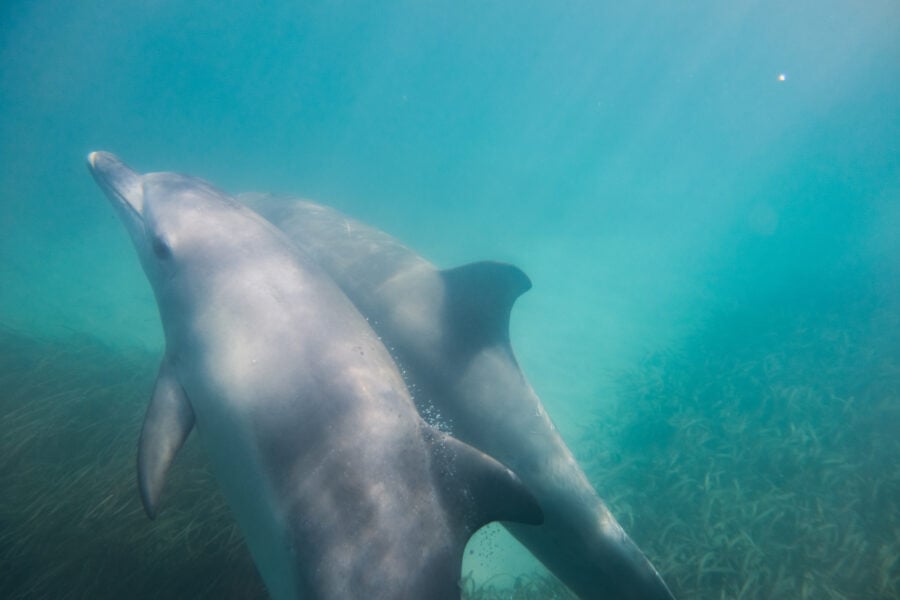Captive numbats turned wild

FIFTEEN CAPTIVE numbats have been released into Dryandra Woodland south-east of Perth, in an attempt to boost the region’s wild population of the endangered Australian marsupial.
Numbats used to enjoy a range that covered much of southern Australia, but today it’s believed the wild population has dropped to about 1000.
The Dryandra Woodland population has played a critical part in the species’ recovery, being the source of all the numbats used in Perth Zoo’s captive-breeding program. However, numbat numbers have dropped at Dryandra in recent years, and scientists think feral cats are to blame.
“At some stage… cat numbers started to build up, and now cats have taken the place of foxes in terms of predation on small native animals. We think that’s the reason for the decline of populations to critical levels over the last five years,” said Dr Tony Friend, a WA Parks and Wildlife principal research scientist.

A captive-bred numbat released into the wild as part of an ongoing program to restore numbat numbers. Credit: Rick Dawson/WA Department of Parks and Wildlife
Regular fox baiting has been carried out at Dryandra for decades, but it’s only recently that a feral cat control program has begun, using a 1080-based poison.
On Monday, ten 11-month-old numbats were released into the region, while five older numbats were released in late November.
According to Tony, releasing the captive-bred numbats at such a young age mimics their normal life-cycle.
“This is the time that numbats naturally leave home. In the wild they would be leaving their mother’s home range and heading out to set up their own ranges,” he said.
The marsupials have all been fitted with radio-tracking collars and will be recaptured in the coming months for health and breeding checks.
RELATED CONTENT:




